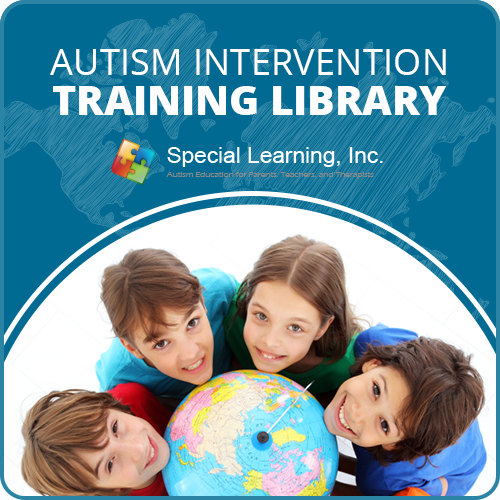The Importance of Consistency in Caregivers of Autism Patients in a Hospital Setting
The incidence of children diagnosed with autism spectrum diagnosis (ASD) has increased tremendously over the past decade, with 1 in every 68 children now receiving the diagnosis. Nurses will increasingly encounter ASD patients in their practice.
“Autism spectrum disorder (ASD) is the name for a group of developmental disorders. ASD includes a wide range, ‘a spectrum,’ of symptoms, skills, and levels of disability.
People with ASD often have these characteristics:
- Ongoing social problems that include difficulty communicating and interacting with others
- Repetitive behaviors as well as limited interests or activities
- Symptoms that typically are recognized in the first two years of life
- Symptoms that hurt the individual’s ability to function socially, at school or work, or in other areas of life (http://www.nimh.nih.gov )
The communication deficits associated with ASD can make it very challenging for nurses and other medical staff to communicate with their patients. This makes it all the more important to have consistency in the caregivers who are working with ASD patients. It can take much greater time for patients with ASD to feel comfortable with nurses and medical professionals and requires patience in building that relationship.
Individuals with ASD have difficulty adjusting to changes in routines, so the fact that they are in a hospital setting will likely already be very challenging and stressful for these patients. If you add on the additional inconsistencies of having multiple changes of nurses and care staff, this will likely compound that stress and may lead to an increase in challenging behaviors, such as physical aggression, self-injurious behaviors, and tantrum behaviors.
Whenever possible, it is in the best interest of the patient to keep nurses and other care staff as consistent as possible. When a caregiver begins working with the client, it is important to get as much information from parents as possible about the specific needs and challenges of the patient.
Obtaining information about the patient’s needs can make for a smoother transition when a new caregiver begins with the patient. The first step is to identify disruptive behaviors the patient may exhibit, such as physical aggression, and then determine potential triggers for these disruptive behaviors. The next step is finding an appropriate way to communicate with the patient. Some patients may be able to use vocal language, however, their speech may be very basic and challenging to understand, so having a parent interpret requests may be necessary. Other patients may not have vocal language, and instead, use an alternative communication method such as sign language or a picture communication system.
Developing effective communication with the patient can take time and patience, which is why consistency across caregivers is so important. That consistency allows time to build that patient-caregiver relationship and overcome the barriers this lack of communication can cause.
Copyright © by Special Learning Inc. All right reserved.
No part of this article may be reproduced in any manner whatsoever without written permission except in the case of brief quotations embodied in critical articles and reviews. For information, contact Special Learning Inc., at: contact@special-learning.com








